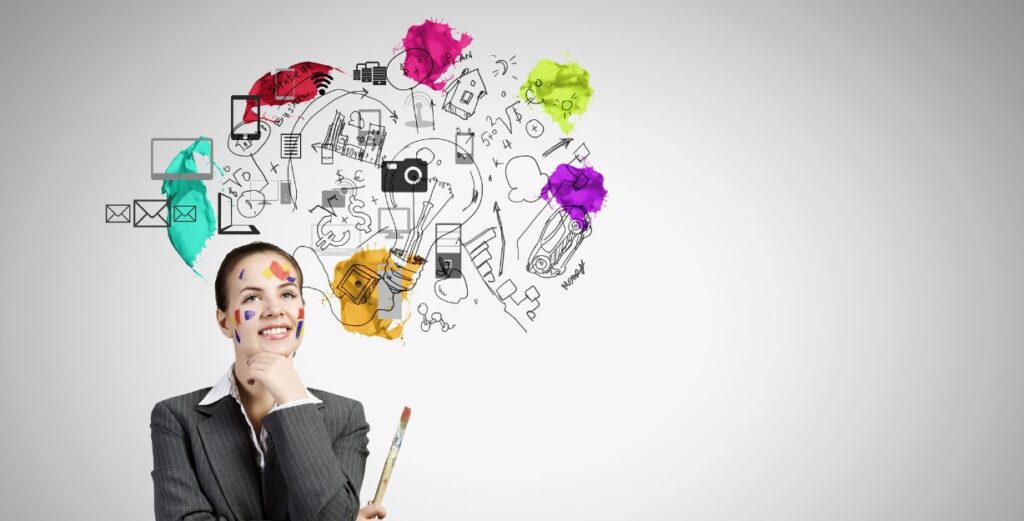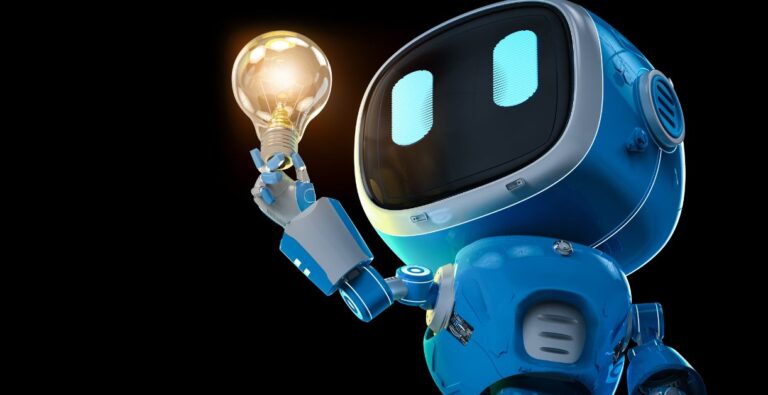How to Become a Creative Director
Introduction
So, you want to be a creative director?
Well, you’re in for an exciting and challenging career! A creative director is often the visionary behind major projects, leading teams of designers, writers, and marketers to create innovative and compelling content. But how do you get there? Becoming a creative director takes more than just creative flair—it requires a mix of skills, experience, and, of course, a strong network. This article will guide you step by step on how to become a creative director, outlining the essential skills, education, and experience needed to excel in this competitive field.

What is a Creative Director?
A creative director is the person responsible for overseeing the creative process of a project, whether it’s in advertising, fashion, film, or even gaming. They ensure that the final product aligns with the client’s or company’s vision and brand. Essentially, they are the architects of the creative world, steering their teams toward a cohesive, well-executed outcome.
The Importance of Creativity in Modern Business
In today’s fast-paced business environment, creativity is not just a nice-to-have but a critical asset. Creative directors help businesses stand out by creating unique branding strategies, advertisements, and visual content that resonate with their audience. The more creative and original the approach, the more likely a brand will capture attention and stay relevant.
What Does a Creative Director Do?
Role and Responsibilities
The primary role of a creative director is to lead a team of creative professionals, including designers, copywriters, and photographers, to develop innovative ideas and bring them to life. They oversee the entire creative process from concept to execution and are responsible for ensuring that the final output meets the client’s expectations.
Collaborating with Different Departments
Creative directors don’t work in isolation. They collaborate with marketing, sales, and product development teams to ensure that all creative content aligns with business objectives. Effective communication with other departments is key to ensuring that creative ideas are not only beautiful but also functional and market-driven.
Skills Required to Become a Creative Director
Creative Vision and Innovation
As the name suggests, creativity is at the core of this role. A creative director must have a strong creative vision and the ability to think outside the box. They should be able to come up with innovative ideas that push boundaries while still aligning with the brand’s identity.
Leadership and Management Skills
A creative director leads a team, which means leadership and management skills are essential. You need to inspire and guide your team through projects, manage deadlines, and balance the needs of both your team and the client.
Communication and Collaboration
Strong communication skills are critical for articulating your creative vision to your team, clients, and stakeholders. Being able to collaborate effectively with different departments ensures that the creative vision aligns with broader business goals.
Understanding of Marketing and Branding
A successful creative director has a deep understanding of marketing principles and brand identity. After all, their work is often the public face of a brand, so they need to know how to create content that speaks to the audience and strengthens the brand.
Educational Background for Creative Directors
Degrees and Courses to Pursue
While there is no single path to becoming a creative director, a background in graphic design, marketing, or communications can be beneficial. Many creative directors have degrees in these fields, or in fine arts, photography, or even business.
The Value of Formal Education vs. Experience
Formal education can give you the foundational skills needed, but in the creative industry, your experience and portfolio often speak louder than your degree. Employers are more interested in seeing what you’ve created than where you studied.
Gaining Experience in Creative Fields
Starting with Entry-Level Jobs
Before you can lead a team, you need to gain experience working in a creative role. Entry-level positions such as graphic designer, copywriter, or production assistant provide valuable insights into the creative process.
Building a Portfolio
Your portfolio is your golden ticket in the creative industry. A strong portfolio showcasing your best work is essential for climbing the ladder. Make sure to include a variety of projects that demonstrate your range and adaptability.
Networking with Industry Professionals
Building relationships with people in the industry is crucial for career growth. Attend industry events, join creative communities, and don’t hesitate to reach out to mentors who can guide you.
Transitioning from Other Creative Roles

From Graphic Designer to Creative Director
Many creative directors start their careers as graphic designers. By honing your design skills and gradually taking on more leadership responsibilities, you can work your way up to a creative director position.
From Copywriter to Creative Director
Copywriters with a knack for storytelling and a strong understanding of branding can also transition to creative direction. Your ability to craft compelling narratives will be an asset in leading creative projects.
From Photographer/Videographer to Creative Director
If you’re coming from a photography or videography background, your understanding of visuals will be invaluable. Combining this with leadership skills will set you on the path to creative direction.
Building a Personal Brand
Importance of Self-Promotion
In the competitive world of creative direction, it’s essential to market yourself just as you would a brand. Create a personal website, showcase your work on social media, and engage with other professionals in the industry.
Utilizing Social Media to Showcase Work
Platforms like Instagram, LinkedIn, and Behance are perfect for sharing your creative projects and connecting with potential clients or employers.
Tools and Software Every Creative Director Should Know
Adobe Creative Suite
This industry-standard suite includes Photoshop, Illustrator, and InDesign—must-have tools for anyone in creative fields.
Project Management Tools
Tools like Trello, Asana, or Monday help creative directors stay organized and manage their teams efficiently.
Staying Updated with Industry Trends
Following Design and Fashion Trends
Creative directors need to keep up with evolving design and fashion trends to stay relevant. Subscribe to design blogs, follow industry influencers, and attend events to stay informed.
Keeping Up with Technology Advancements
Technology is constantly evolving, and creative directors need to stay ahead of the curve. Whether it’s mastering new design software or exploring AI in creative processes, staying updated is key.
Developing Leadership Qualities
Leading a Team of Creatives
Leading a team of creatives is both rewarding and challenging. You need to inspire your team while giving them enough creative freedom to express their ideas.
Managing Different Personalities
Working with creative individuals means managing different personalities and working styles. Understanding how to navigate this dynamic is crucial for success.
The Importance of Networking and Building Relationships
Collaborating with Other Creative Minds
Networking allows you to collaborate with other creative professionals, opening up new opportunities and fresh ideas.
Attending Industry Events and Conferences
Attending conferences and industry events is a great way to learn about the latest trends, tools, and techniques while meeting key players in your field.
Challenges Faced by Creative Directors
Balancing Creativity and Business Goals
As a creative director, your work needs to be both creative and aligned with business objectives. Finding the right balance between the two can be challenging but essential for success.
Managing Tight Deadlines
Deadlines can be a major stressor in any creative project. Effective time management and prioritizing tasks are essential skills for a creative director.
The Career Path to Becoming a Creative Director
Starting from Junior Positions
Most creative directors begin their careers in junior positions, such as junior graphic designers, copywriters, or art directors.
Moving into Senior Roles
With experience, you can move into senior roles like senior designer or lead copywriter, eventually paving your way to the creative director position.
The Future of Creative Direction
Emerging Fields for Creative Directors
New industries like virtual reality, augmented reality, and AI-driven creativity are opening up new avenues for creative directors.
The Impact of AI on Creativity
AI is transforming the way creative work is done, from automated design to AI-generated content. Creative directors will need to adapt and find ways to blend human creativity with AI tools.
Conclusion
Becoming a creative director is a journey that requires dedication, skill, and a passion for creativity. Whether you start as a designer, writer, or photographer, the key is to build a strong portfolio, develop leadership skills, and stay connected with industry trends. With perseverance and a bit of creativity, you can find your way to the top of this exciting and ever-evolving career.
FAQs
- What degree do I need to become a creative director? While degrees in graphic design, marketing, or communications are common, many creative directors succeed based on experience and portfolios.
- Is experience more important than education for creative directors? Experience often carries more weight, especially if you have a strong portfolio to showcase your skills.
- How can I transition into creative direction from a different creative role? Build leadership skills, take on more responsibilities, and create a diverse portfolio that highlights your range and ability to lead.
- What tools should a creative director be familiar with? Adobe Creative Suite, project management tools like Asana, and an understanding of social media platforms are crucial.
- Is AI affecting the role of creative directors? Yes, AI is impacting creativity, but human vision and leadership remain irreplaceable in the creative process.






